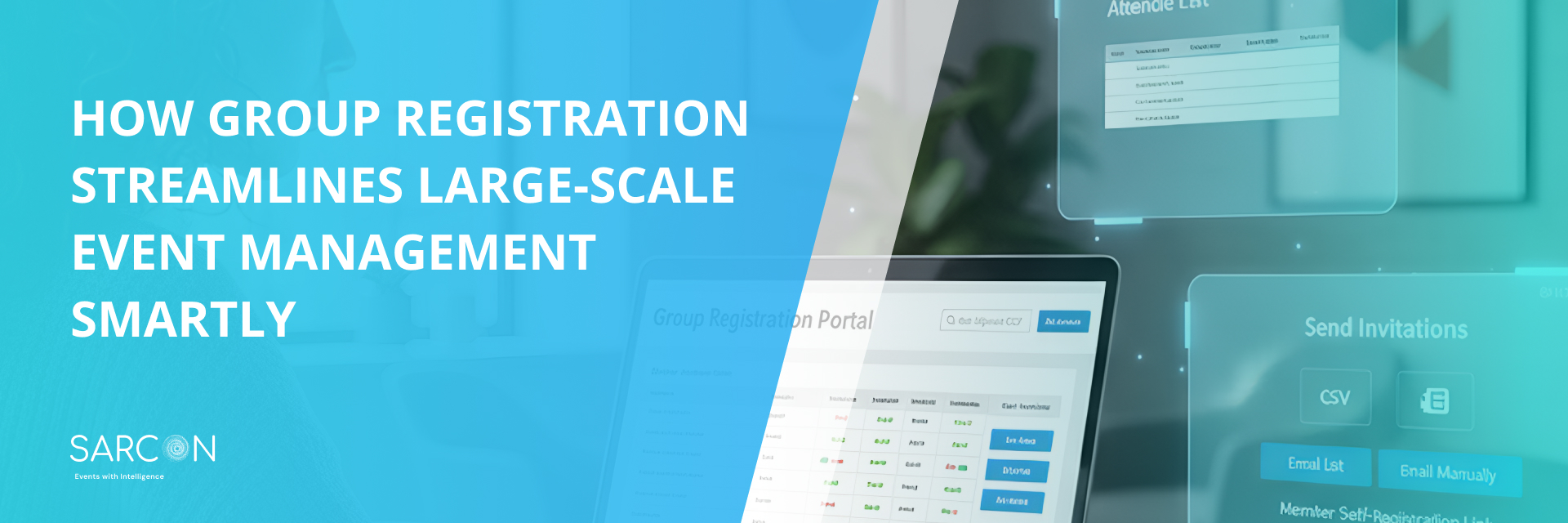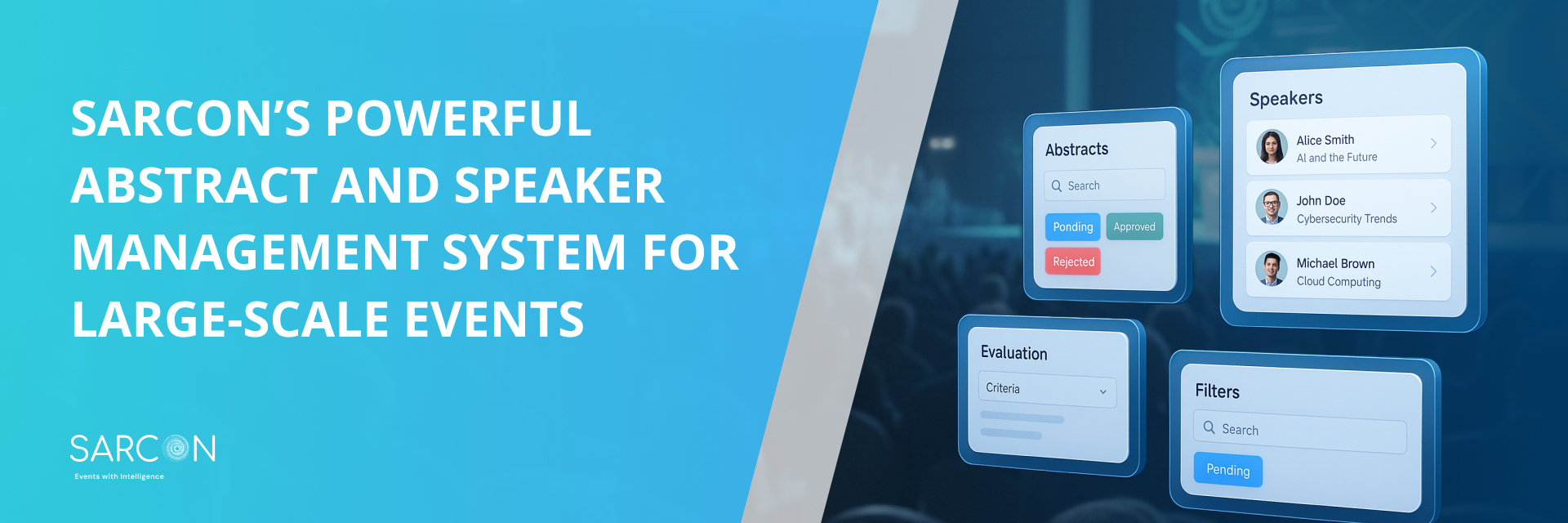Hosting an event can be an exhilarating experience, but it also comes with its fair share of challenges. One critical aspect of event planning that can make or break your event is the check-in process. Ensuring a smooth and efficient check-in process sets the tone for the entire event. In this comprehensive guide, we’ll provide you with 10 invaluable event check-in tips that will guarantee a seamless experience for both you and your attendees.
1. Plan Ahead for a Stress-Free Start
When planning your event, devote ample time to strategizing the check-in process. Here are some expert tips:
- Timing is Crucial: Start the check-in process well before the event’s scheduled start time. Guests arriving early should be accommodated without delays.
- Clear Layout: Create a clear and efficient layout for your check-in area. Consider the flow of foot traffic and ensure that your check-in counters are easily accessible.
- Dedicated Staff: Assign a team of trained staff solely for check-in duties. Well-prepared staff can handle any unexpected issues swiftly.
2. Use Technology Wisely
Leveraging technology can make the check-in process smoother. Here are expert insights:
- Mobile Apps: Utilize event-specific mobile apps that allow attendees to register, check in, and access event information. These apps can also send push notifications and updates.
- QR Codes: QR codes are a powerful tool for expediting the check-in process. Generate personalized QR codes for each attendee during the registration process.Implement QR code scanners for speedy check-in. Guests can simply scan their codes at the event entrance using a dedicated event app or device, instantly confirming their attendance and printing badges if required.
- Data Integration: Ensure that your check-in technology integrates seamlessly with your registration database. This helps prevent errors and enhances efficiency.
3. Prioritize Efficiency Without Compromising Security
Balancing efficiency and security is crucial. Here are expert tips:
- ID Verification: Use multiple methods for ID verification, such as photo IDs, ticket scans, or biometrics, to ensure attendees are who they claim to be.
- Access Control: Implement access control points at various stages of the event to prevent unauthorized entry.
- Emergency Protocols: Have contingency plans in place for security breaches or emergencies, so that you can respond quickly without disrupting the event.
4. Create a Warm Welcome
The first impression matters. Here are expert insights on creating a welcoming atmosphere:
- Greet Attendees: Train your staff to greet attendees with a friendly smile and a warm welcome message. Personalize the experience by addressing them by name if possible.
- Welcome Kits: Consider offering welcome kits or badges that include the attendee’s name and event schedule. It adds a personal touch.
- Refreshments: If feasible, offer a small refreshment station near the check-in area. It can be as simple as water and snacks to make guests feel comfortable.
5. Provide Clear Signage
Clear signage is essential to guide attendees. Here are expert tips:
- Visibility: Ensure that signage is highly visible, especially from a distance. Use large fonts and high-contrast colors.
- Directional Signs: Use directional signs not only to the check-in area but also to restrooms, parking, and key event locations.
- Interactive Maps: Consider digital displays with interactive maps for larger events. These can help attendees locate specific sessions or booths.
6. Offer Multiple Check-In Options
Diversify your check-in methods to cater to attendee preferences:
- Self-Check-In Kiosks: Set up self-check-in kiosks for tech-savvy attendees who prefer a quick, automated process.
- Traditional Counters: Maintain traditional check-in counters for those who prefer human interaction or may encounter tech issues.
- Online Pre-Check-In: To reduce the chaos of on-site registration and streamline the check-in process, encourage pre-registration. Use an event management platform like Sarcon or registration and ticketing tool like Regcheck Pro to allow attendees to register and provide necessary information online. This ensures a smoother flow of guests and reduces wait times at the venue. Allow attendees to complete check-in online before the event, saving time on the day.
7. Efficiently Handle Walk-Ins
Handling walk-in attendees smoothly requires preparation:
- Separate Line: Have a designated line for walk-ins to prevent delays for pre-registered guests. Clearly mark this area.
- On-Site Registration: Train staff to efficiently handle on-site registrations and payment processing if necessary.
- Real-Time Updates: Ensure your registration system can provide real-time updates to accommodate walk-ins without causing bottlenecks.
8. Train Your Check-In Staff
Well-trained staff can make all the difference. Here’s how to prepare them:
- Comprehensive Training: Provide comprehensive training on the check-in process, the event schedule, and how to handle common issues.
- Problem Solving: Teach staff how to handle various scenarios, such as lost badges or registration errors, with professionalism and efficiency.
- Customer Service: Emphasize the importance of excellent customer service to leave a positive impression on attendees.
9. Collect Valuable Data
The check-in process is an opportunity to gather valuable data:
- Data Points: Collect attendee data such as demographics, preferences, and interests to tailor future events.
- Consent: Ensure that attendees consent to data collection and inform them about how their information will be used.
- Privacy: Safeguard attendee data and comply with data protection regulations.
10. Seek Feedback
Post-event feedback is invaluable for improvement:
- Surveys: Distribute post-event surveys to gather feedback on the check-in process. Use open-ended questions to collect specific insights.
- Data Analysis: Analyze feedback data to identify areas for improvement and implement changes accordingly.
- Continuous Improvement: Make continuous improvement a priority, and communicate changes to attendees to show that their input matters.
Conclusion
A smooth event check-in process is the first step towards ensuring the success of your event. By following these 10 expert tips, you’ll not only make the check-in process efficient but also create a positive and memorable experience for your attendees. Remember to continuously seek feedback and strive for improvement to host even more successful events in the future.
FAQs
How can technology improve the check-in process?
Technology can streamline the check-in process by offering mobile apps and QR code scanners that expedite registration. This not only reduces wait times but also enhances the overall guest experience.
What security measures should I implement during check-in?
Prioritize security by implementing robust ID verification processes. Ensure that only authorized attendees gain access to your event to create a safe environment for all participants.
How do I efficiently handle walk-in attendees?
To efficiently handle walk-ins, designate a separate line or area for them to prevent delays for pre-registered guests. Having a dedicated staff member for walk-ins can also be helpful.
Why is it important to collect data during check-in?
Collecting data during check-in provides valuable insights into your attendees. This information can help you improve future events, tailor your offerings, and enhance the overall attendee experience.
What should I do if there are issues during the check-in process?
Stay calm and address issues promptly. Having well-trained staff who can handle common problems and answer questions can make a significant difference in resolving any hiccups.
How can I make the check-in process more enjoyable for attendees?
Make the check-in process enjoyable by offering a warm welcome, clear signage, and efficient service. A positive check-in experience sets the tone for the entire event.



